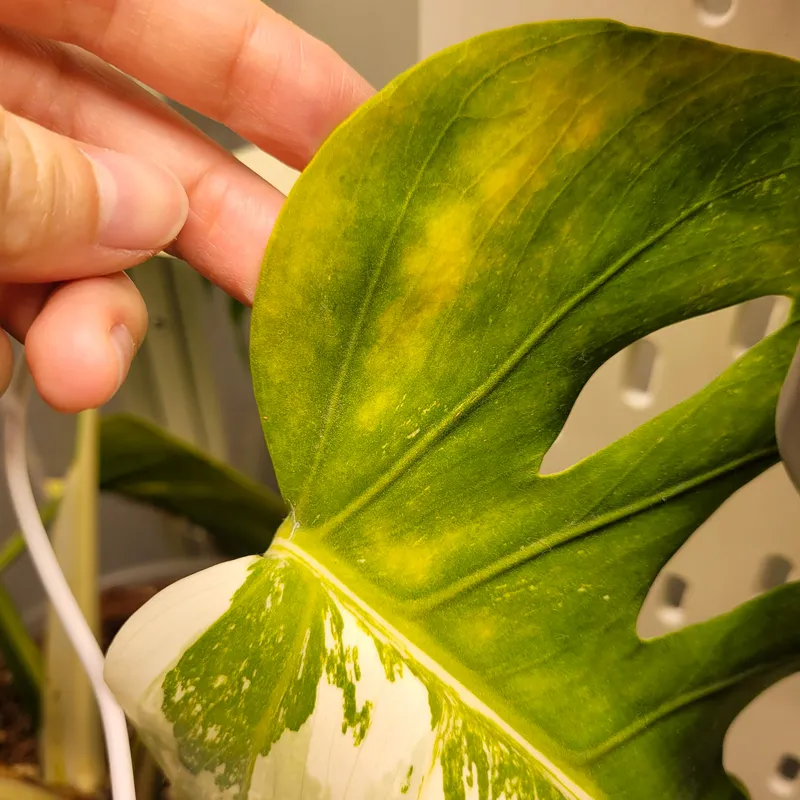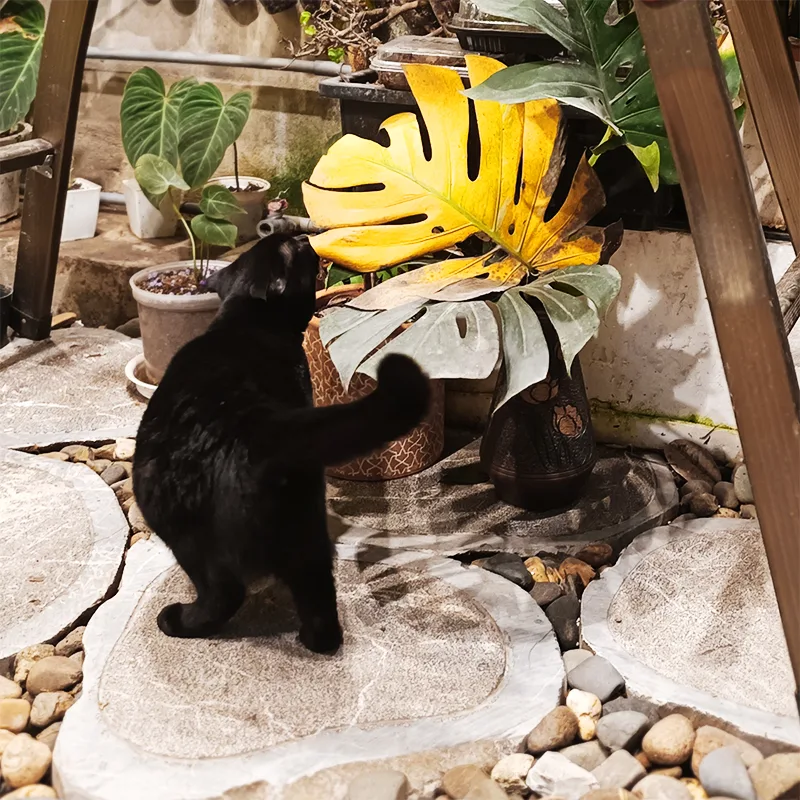Why My Monstera Has Holes: It’s Not a Mistake, It’s an Adaptation
My Monstera Deliciosa, also known as the Swiss Cheese Plant, is thriving. New leaves unfurl regularly, each one boasting a unique pattern of splits and holes. But unlike real cheese, these holes aren’t imperfections – they’re a deliberate design by the plant.
For curious plant parents like ourselves, the reason behind these fenestrations (the fancy term for holes in leaves) can be a source of wonder. Here, I’ll address the most common questions about Monstera’s intriguing leaves and explore some of the theories behind their evolution.
67 Species in Genus Monstera
Light Matters: The Most Compelling Theory
While there are several ideas floating around, the leading theory for Monstera’s fenestrations comes from Christopher Muir, a biologist at Indiana University. He suggests that these holes are all about light optimization in the plant’s natural rainforest habitat.
Monsteras are hemiepiphytes, meaning they start life on the forest floor but eventually climb trees as they mature. In this dappled light environment, capturing sufficient sunlight is crucial. By developing holes in their leaves, Monsteras allow light to penetrate deeper into the foliage, reaching lower leaves that would otherwise be shaded. This clever adaptation promotes even growth throughout the plant.
More Than Just Light: Other Possible Benefits
The light theory holds strong, but some scientists propose additional advantages to fenestrations. Here are a few interesting possibilities:
- Wind Warriors: Rainforests can be windy places. Monstera’s split leaves might act like sails, reducing wind resistance and preventing the plant from being uprooted during storms. This theory is similar to how Bird of Paradise plants have divided leaves.
- Water Flow: Fenestrations could help rainwater drain more effectively, preventing the leaves from becoming overloaded and potentially tearing. This might be particularly relevant in the high-rainfall environment of the rainforest.
- Efficient Climbers: As Monstera climbs trees, its leaves can become quite large. Holes might help reduce weight, making it easier for the plant to support its foliage as it reaches for the sunlight.
No Need to Worry: Holes are a Sign of a Healthy Plant
Some new Monstera owners might be concerned about the holes, mistaking them for damage. But rest assured, fenestrations are a normal and desirable feature. In fact, the more mature a Monstera leaf becomes, the more fenestrations it will typically develop.
Split Personalities: Comparing Monstera to Other Plants
While Monstera’s fenestrations are unique, other plants exhibit interesting leaf modifications. Here are a few comparisons:
- Swiss Cheese Lookalike: Split-leaf Philodendron is often confused with Monstera due to their similarly divided leaves. However, Philodendron typically has fewer and more rounded splits.
- Spiky Succulents: Cacti and some succulents have evolved spines or reduced leaves to minimize water loss in arid environments.
- Venus Flytrap: This carnivorous plant has hinged leaves that trap insects, a far cry from Monstera’s light-capturing strategy.
Keeping Your Monstera Happy: Light is Key
Understanding the reasons behind Monstera’s fenestrations can help us provide better care for our plants. Since light plays a crucial role, here are some tips:
- Bright Indirect Light: Monstera thrives in bright, indirect sunlight. Avoid harsh direct sun, which can scorch the leaves.
- Rotate Your Plant: Regularly rotate your Monstera to ensure even light distribution and encourage the growth of fenestrations throughout the plant.
- Consider Supplemental Light: If your home lacks sufficient natural light, consider using grow lights to supplement your Monstera’s needs.
By providing the right light conditions, you can ensure your Monstera not only thrives but also continues to develop those beautiful, hole-y leaves that are a hallmark of this fascinating plant.
If i die, water my plants!


